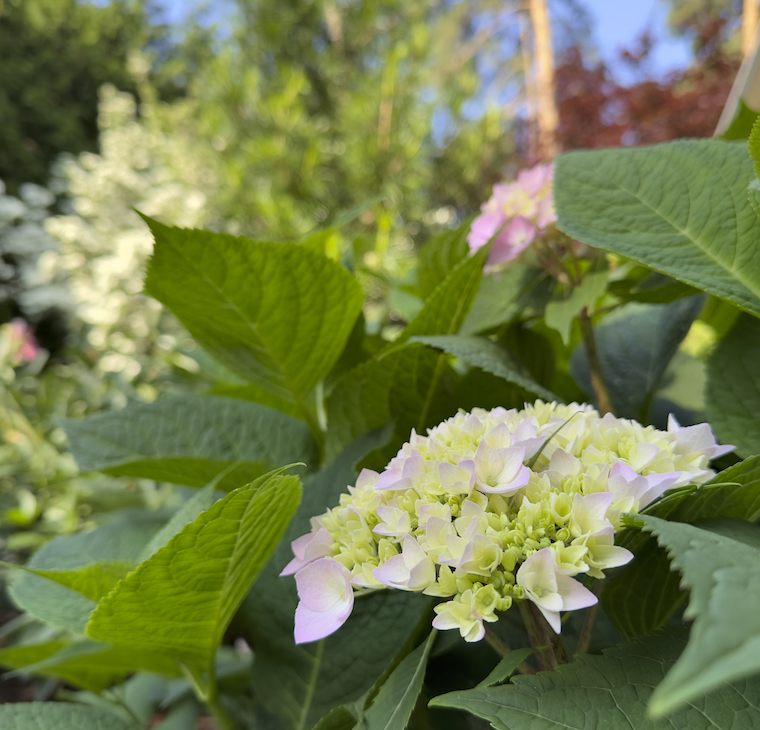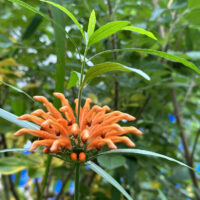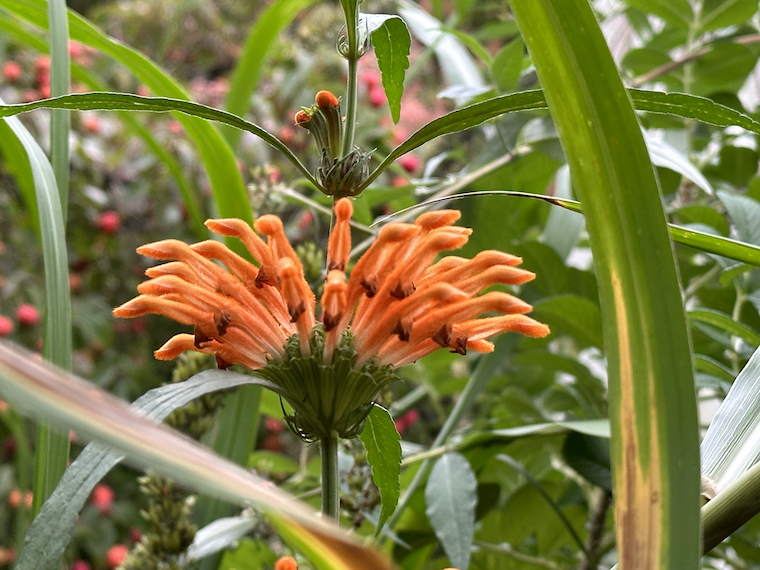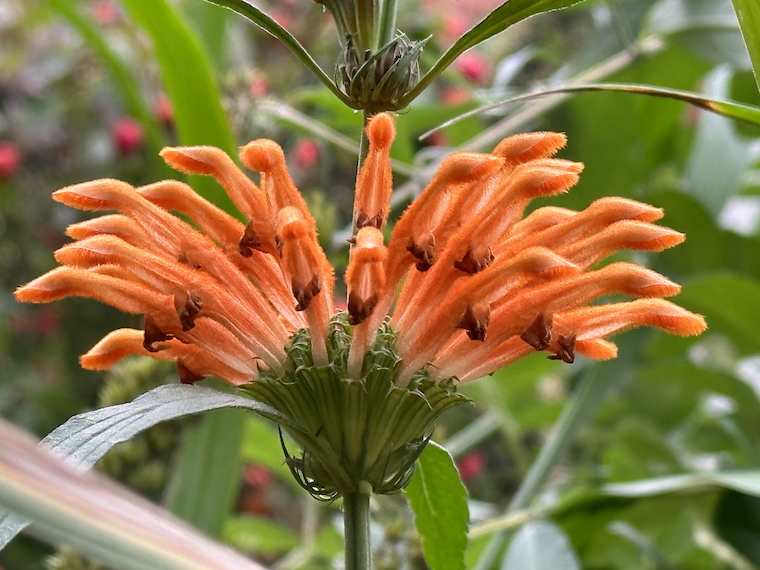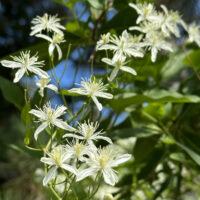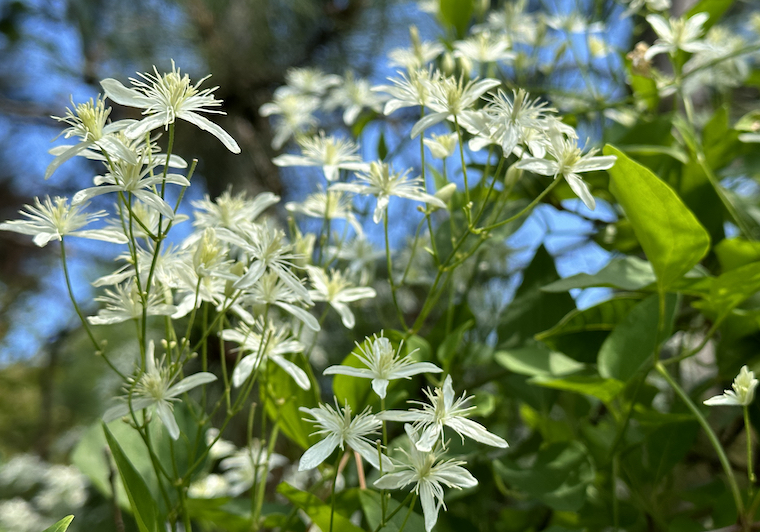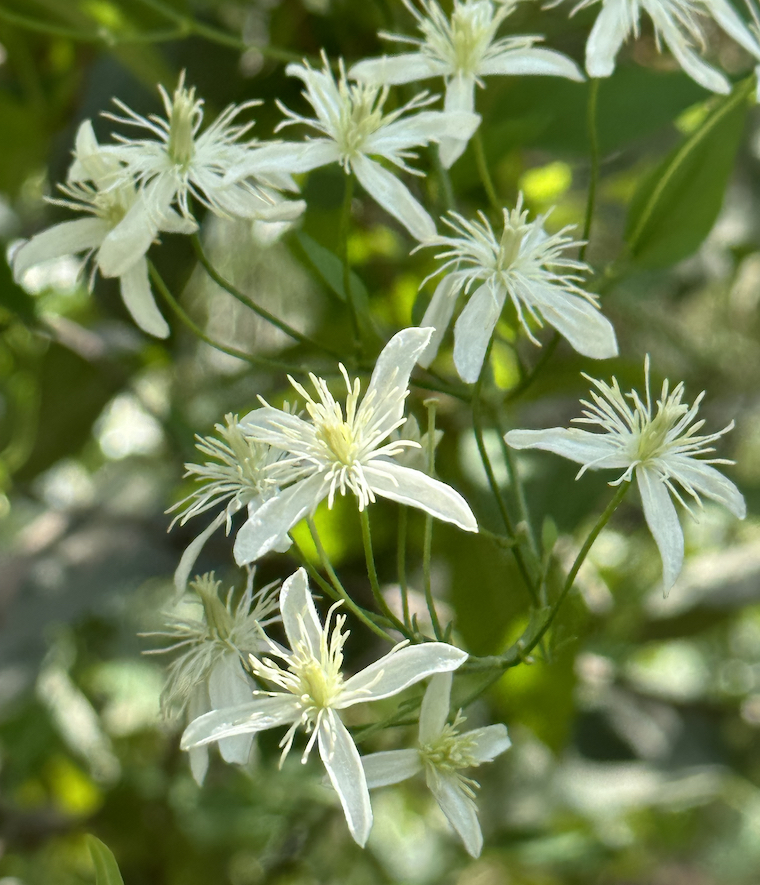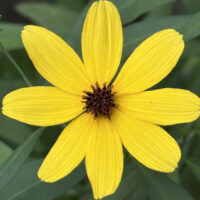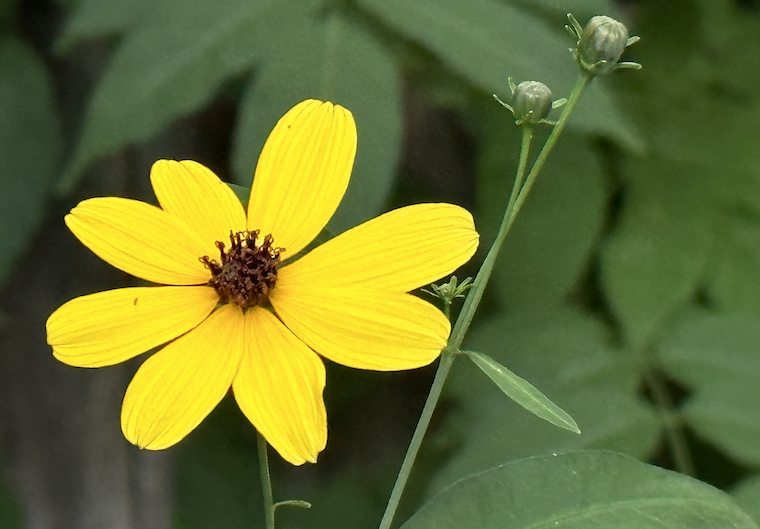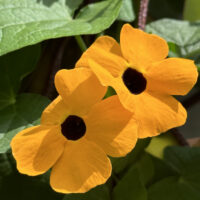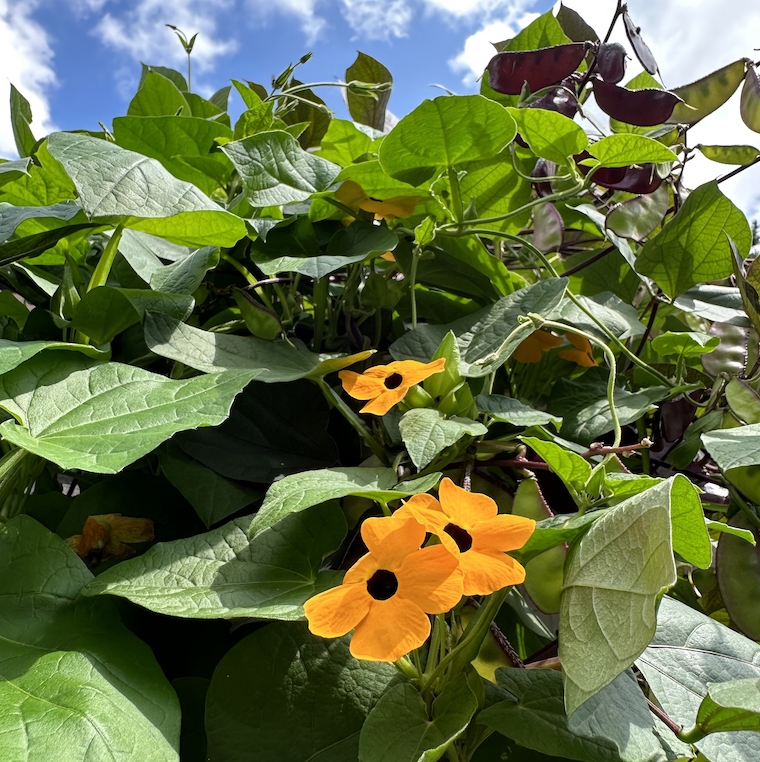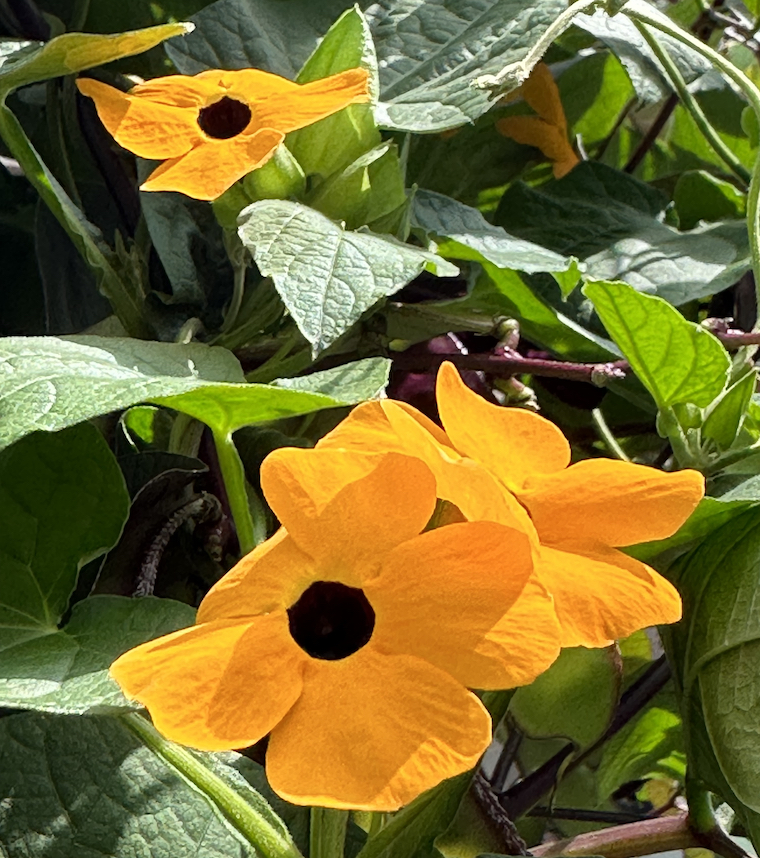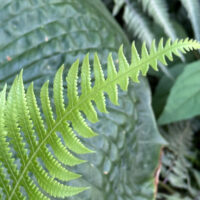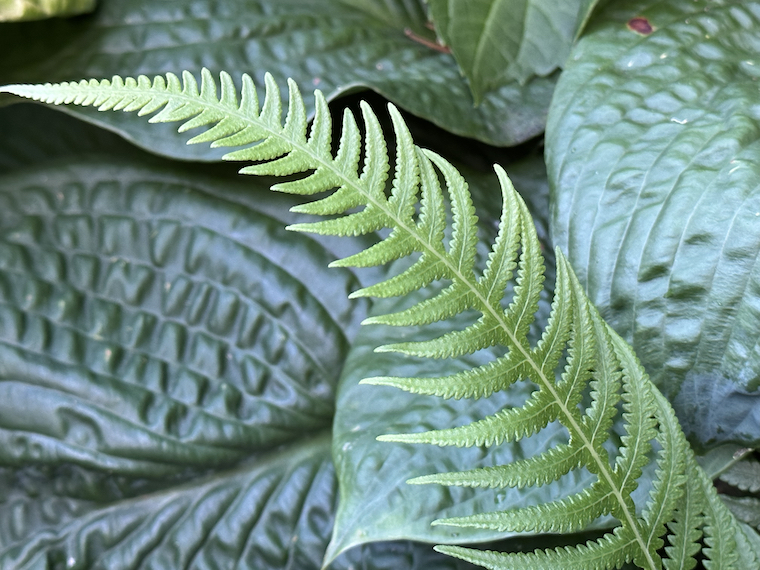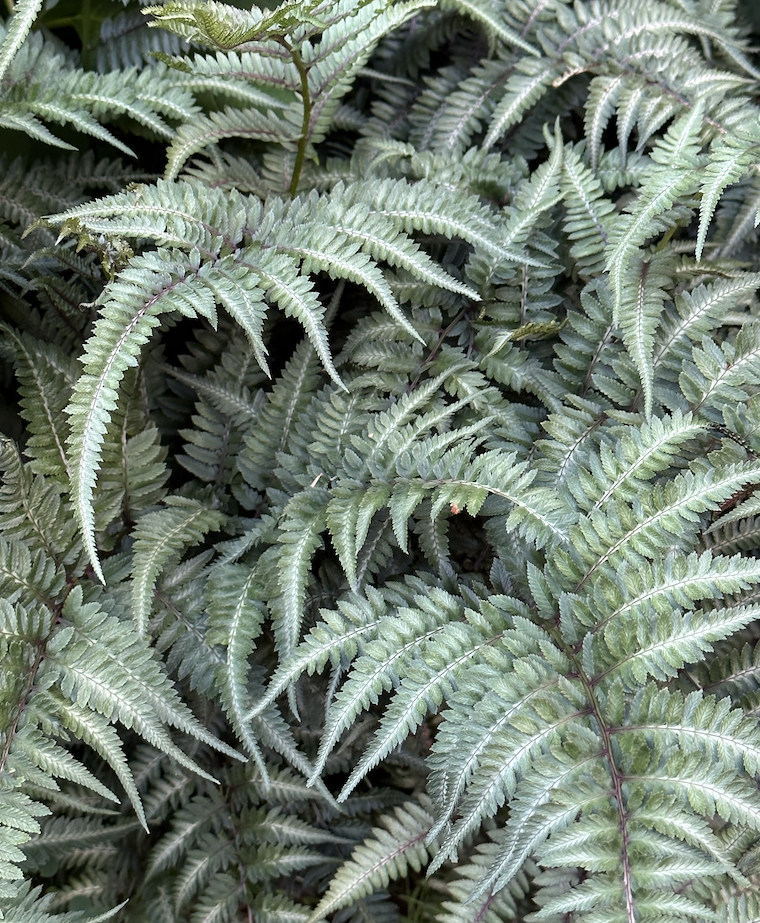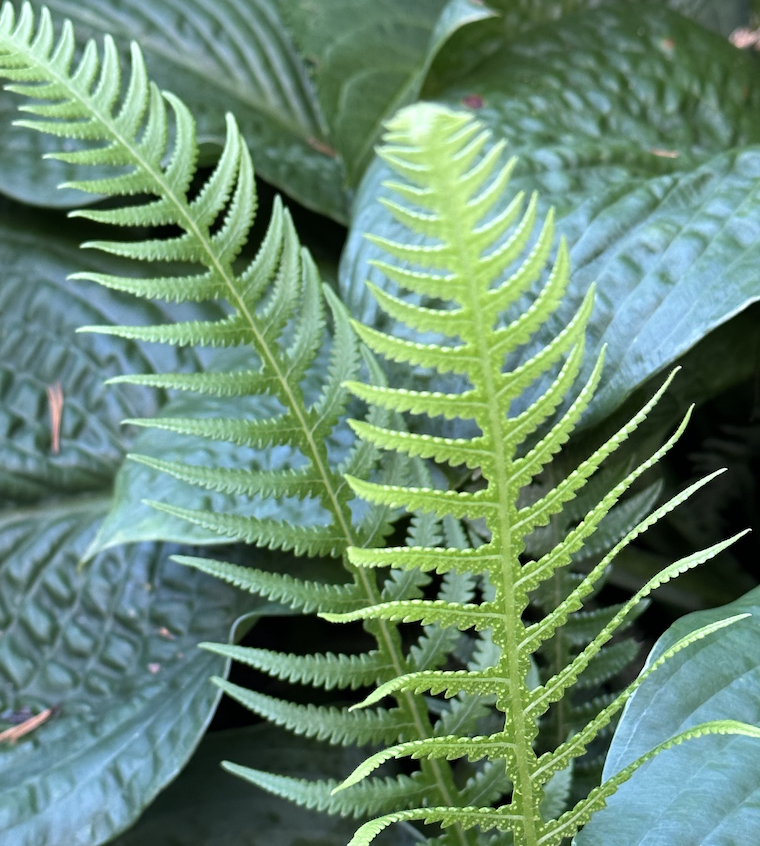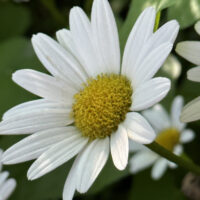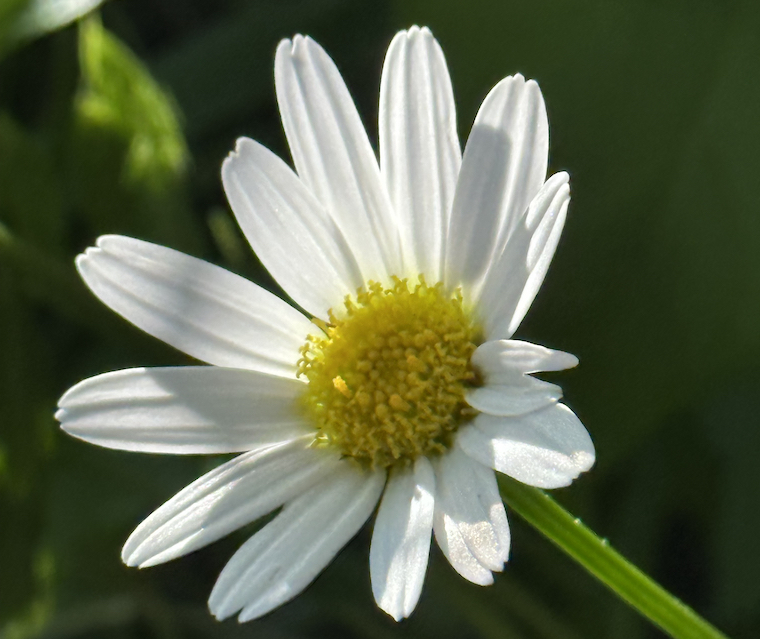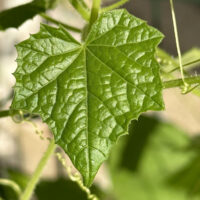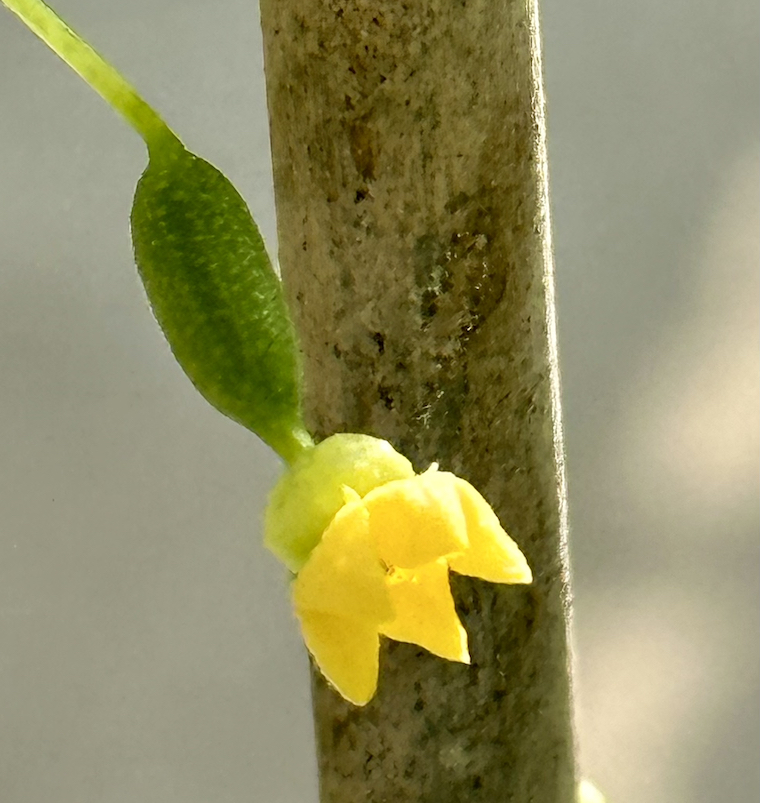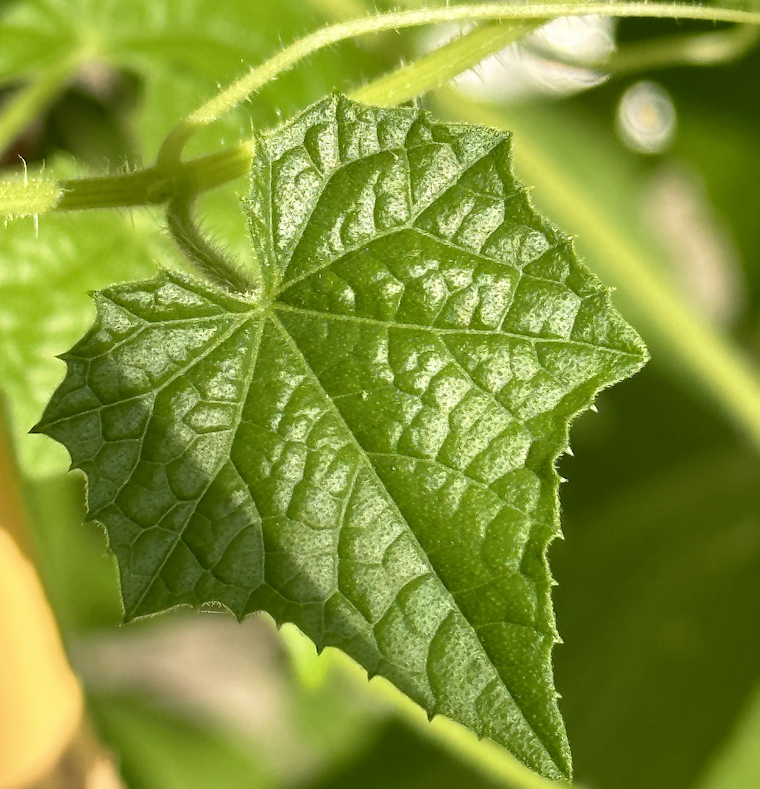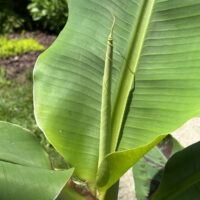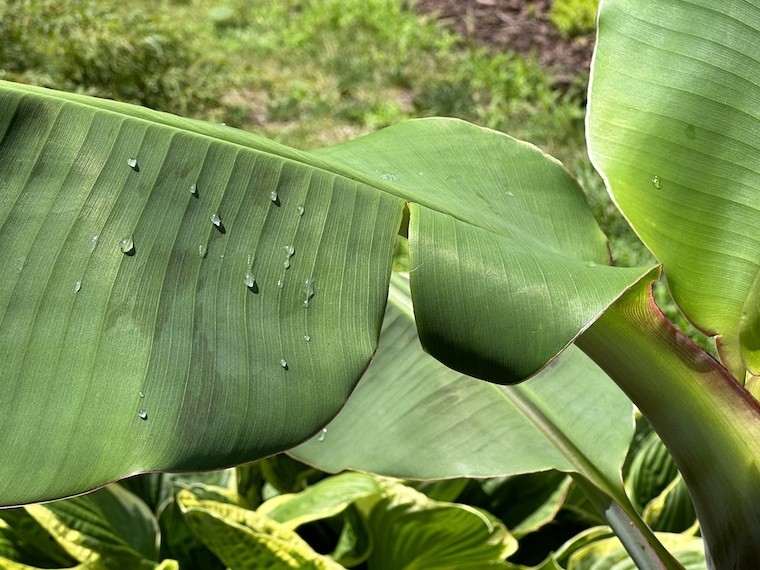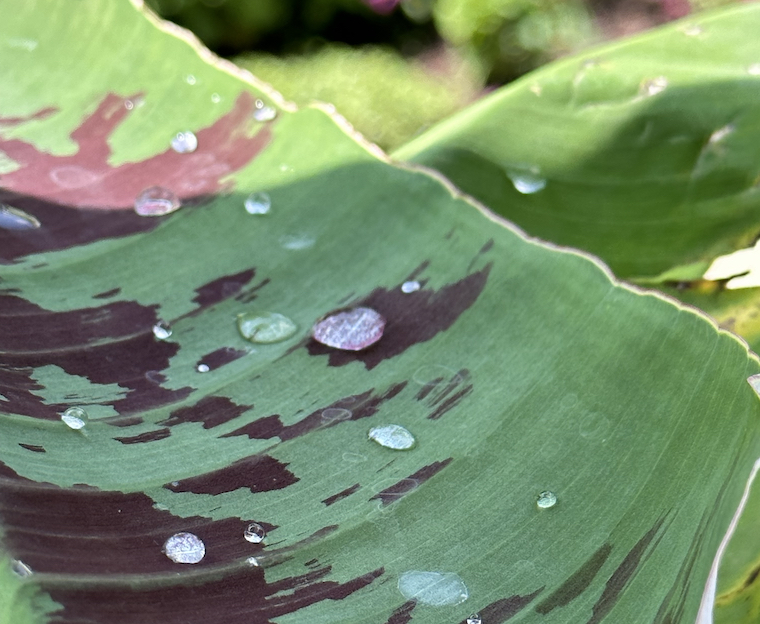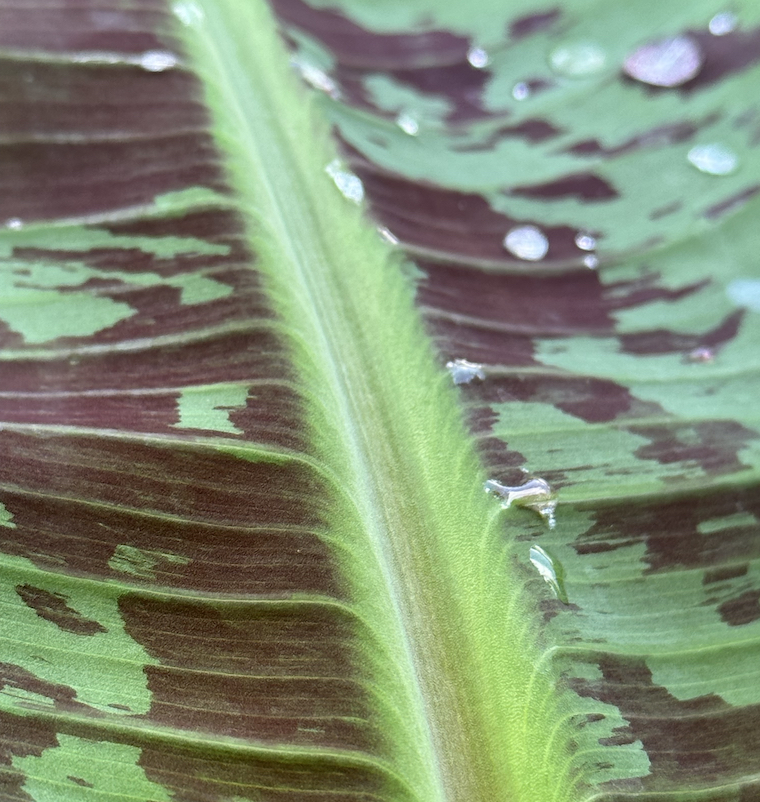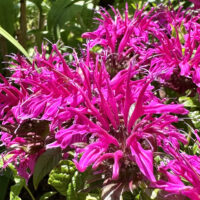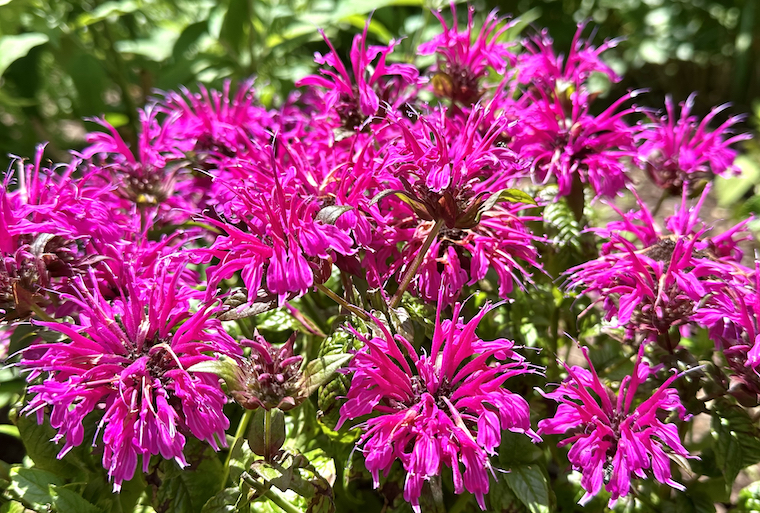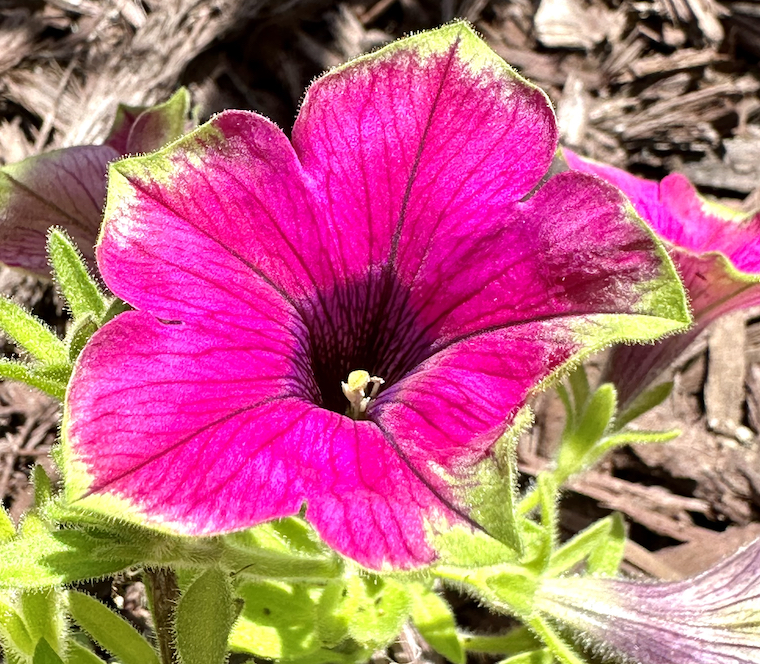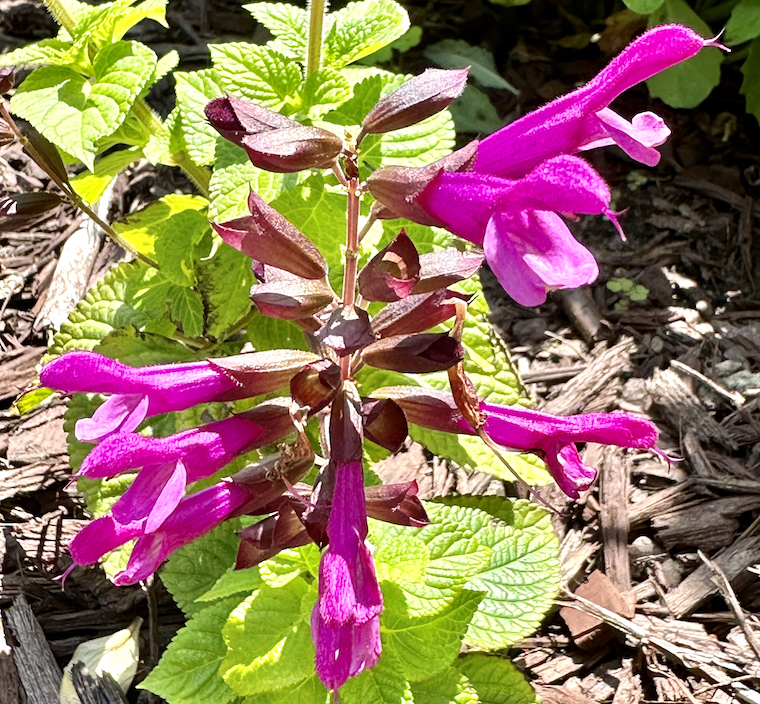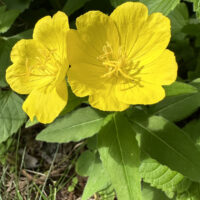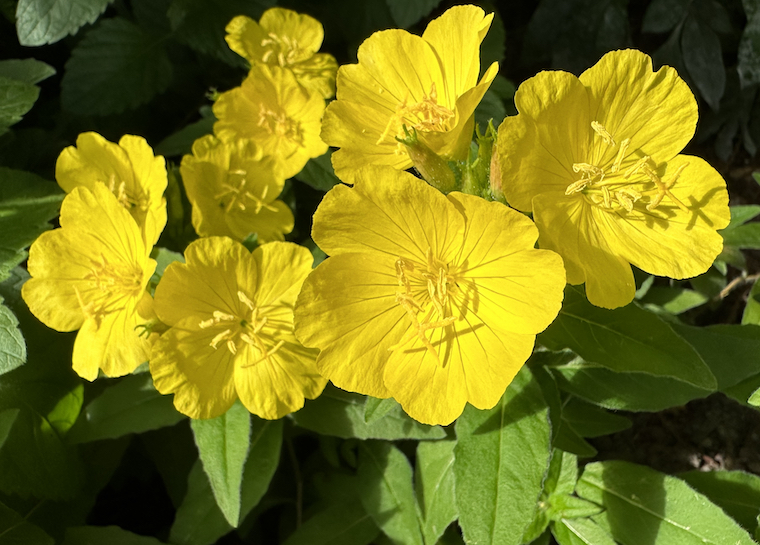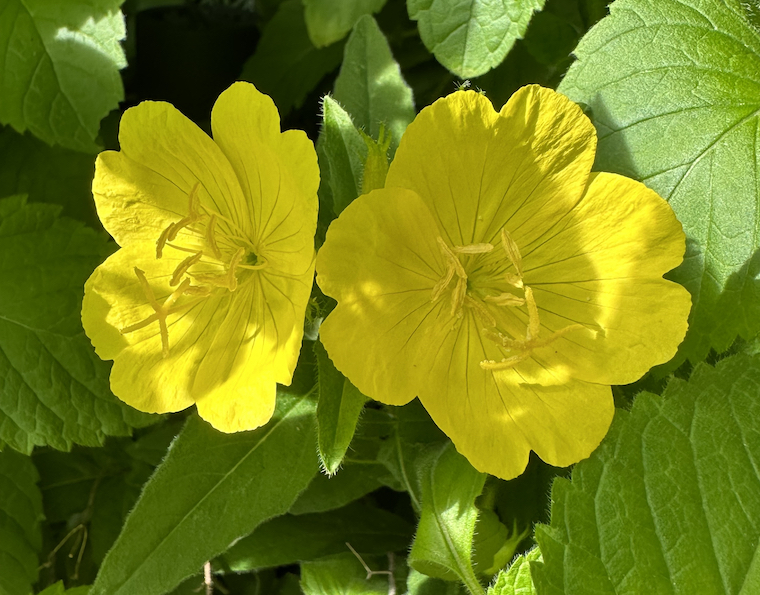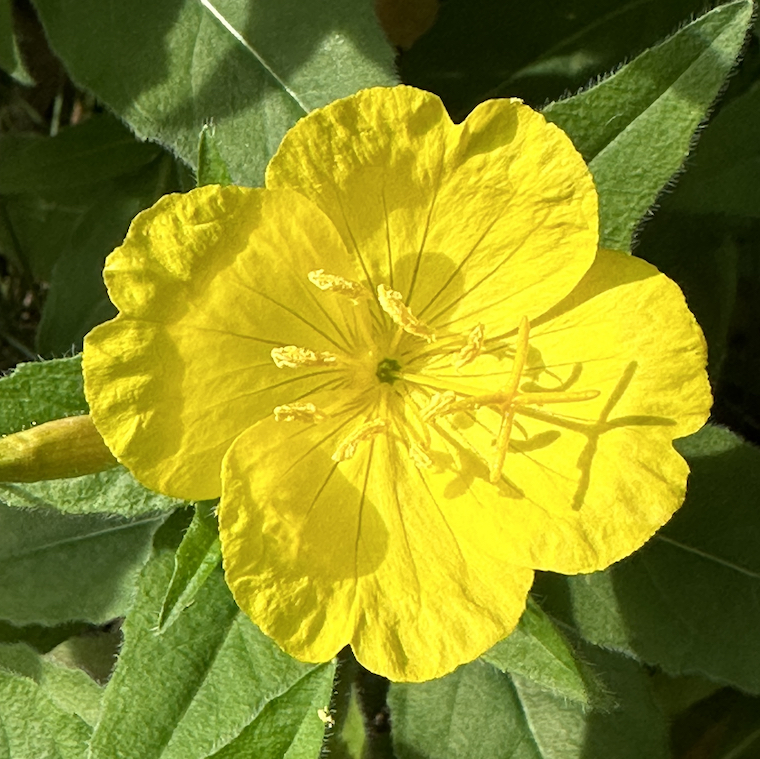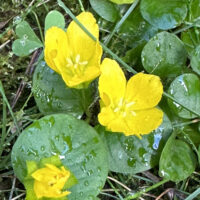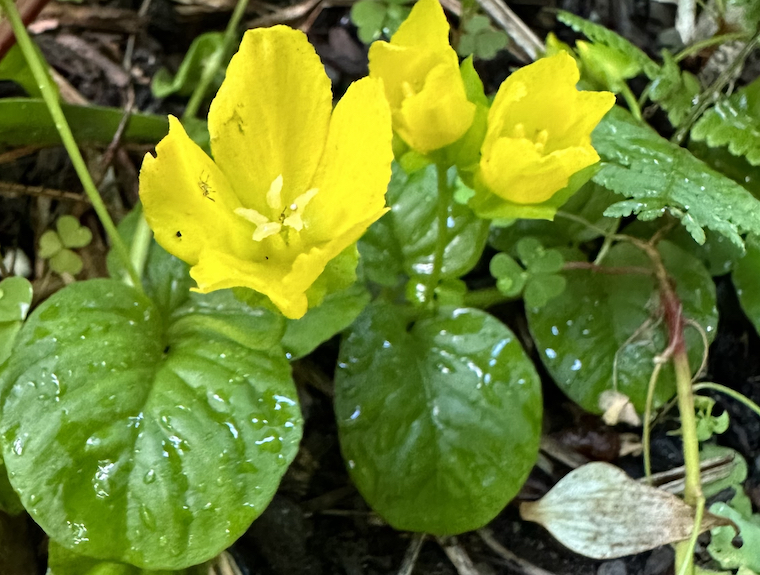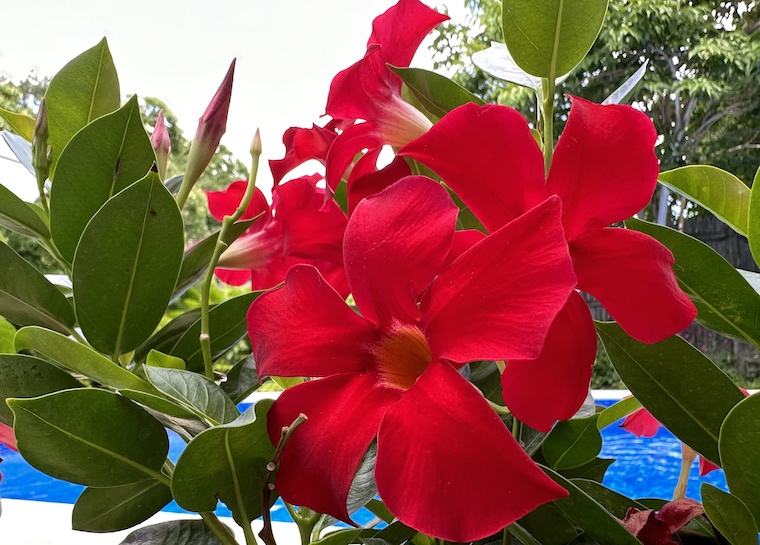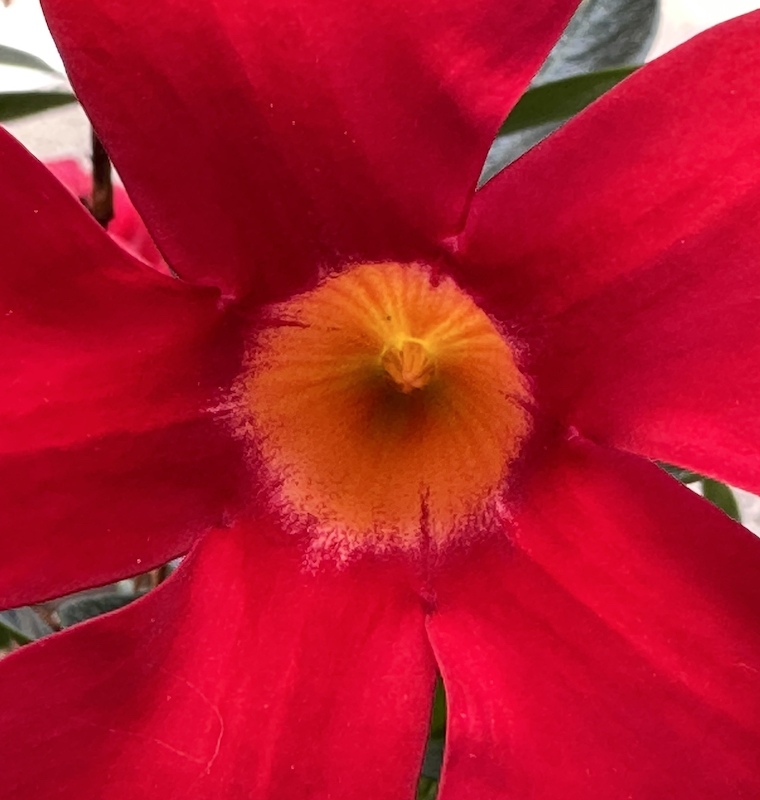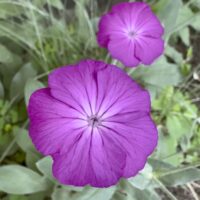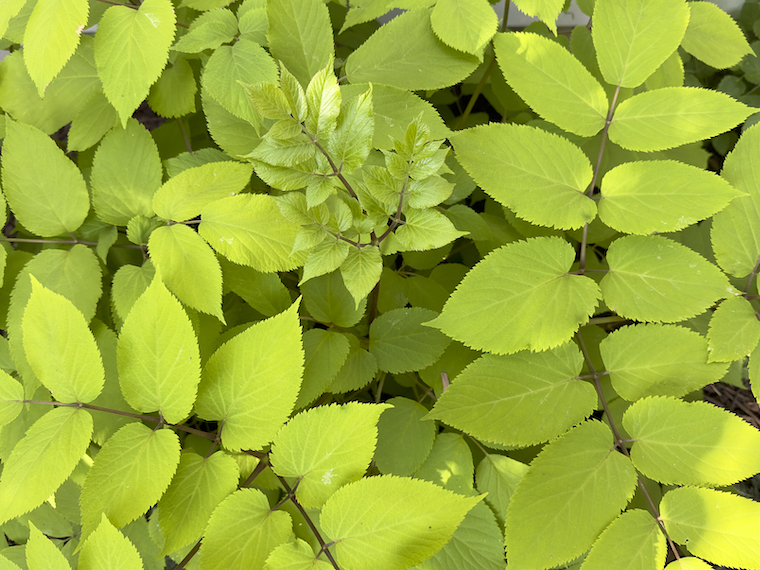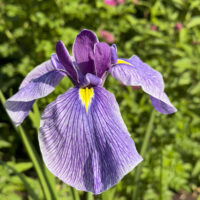The moment we have been waiting for since last year is at hand again: summer has arrived. My simple goal for the season is to make at least walk around our little yard each day, examining the gardens and marking each moment. With the daily rush of life, there have been times when I would simply go from home to office and back, without a step outside. That results in a confined, claustrophobic aspect to the day that isn’t always felt immediately, but eventually comes out in agitation and annoyance. Anything to avoid those ‘A’ words is a welcome effort at prevention. And so we walk…
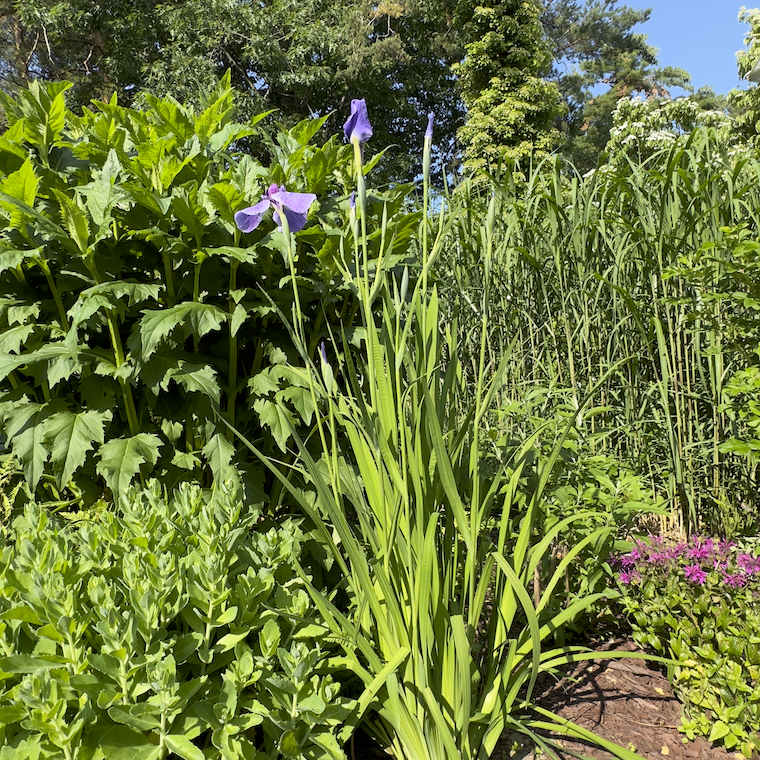
The Japanese iris, which I’d brought back from years of neglect, is beginning a splendid show, a little earlier than usual but who could ever be mad about that?
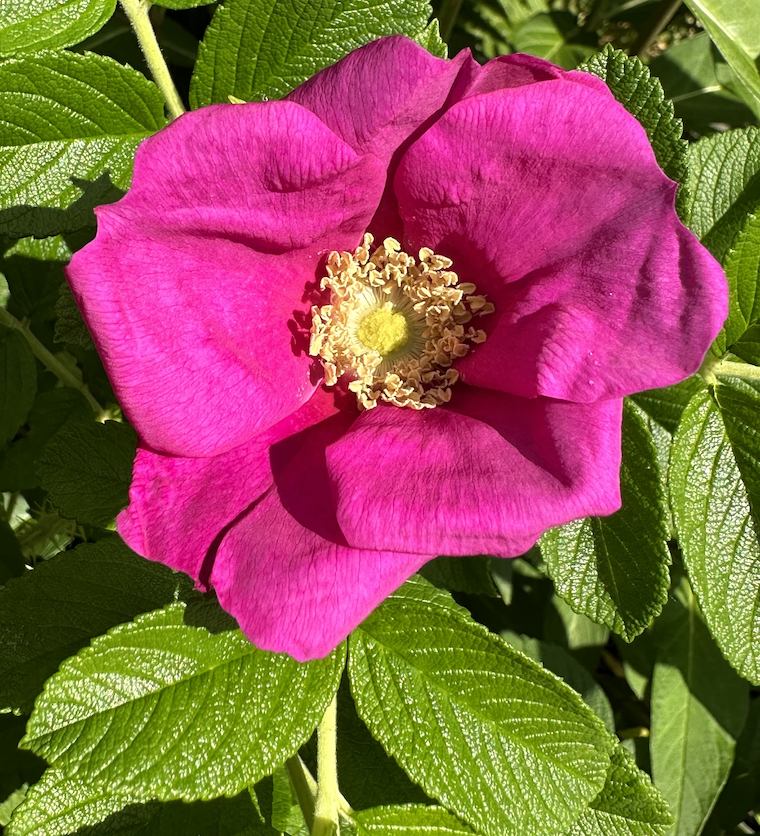
A beach rose – Rosa rugosa – which I put in when our trips to Ogunquit fell by the wayside for a bit, reminds us of the sea – sweet memories of summer vacations and Maine visits and all of it lovely.
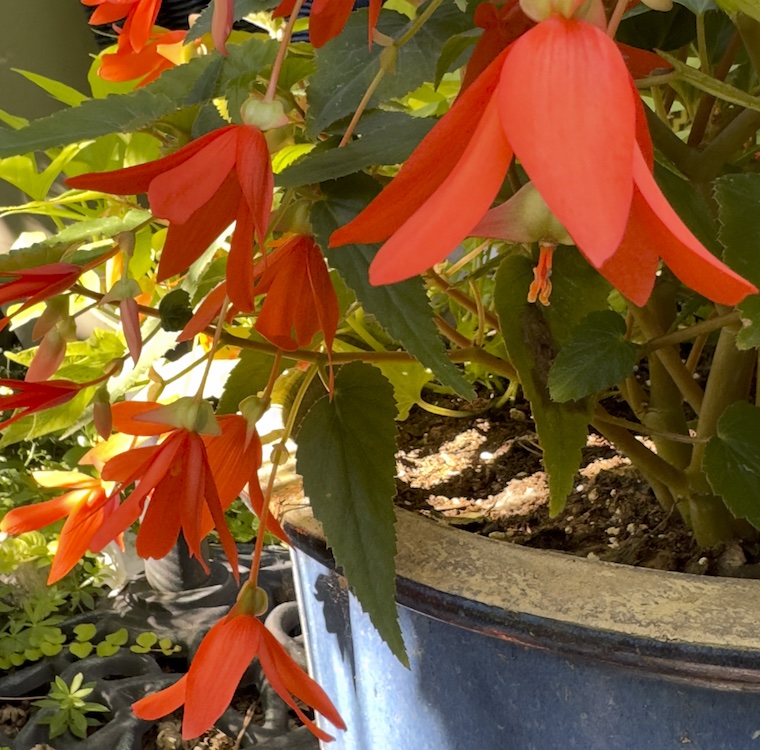
Dangling their blooms like fiery skirts of celebration, these begonias lean over the lip of their pot to provide a stunning show. Hell’s bells indeed.
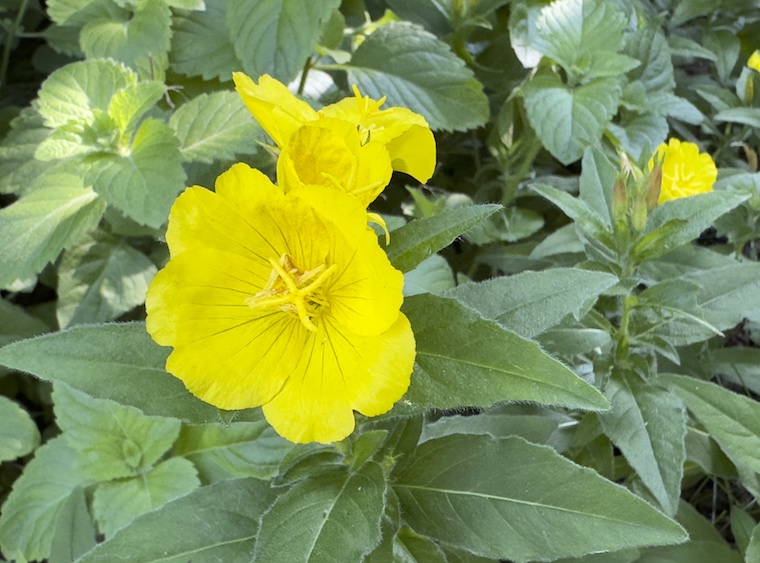
The evening primrose – Oenothera – is always indicative of the start of summer. They open their blooms at first daylight, then close them as evening approaches. It’s a charming trait, a brave one, to be so openly enamored of the sun. I admire the transparency of that sort of sun love.
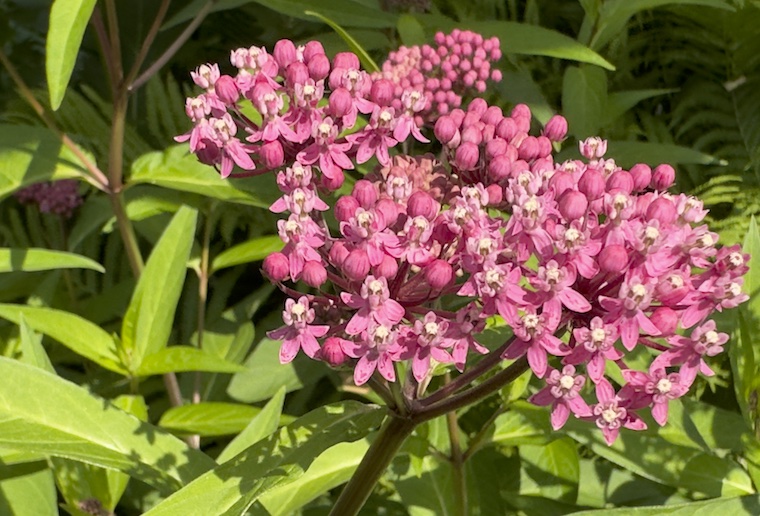
This pink version of the butterfly weed (Asclepias) was a volunteer, and I have no idea who or what brought it into the garden. Aptly named as it’s a favorite of butterflies, I decided to keep it, despite its propensity for seeding itself all over the place. We don’t slut shame anyone here.
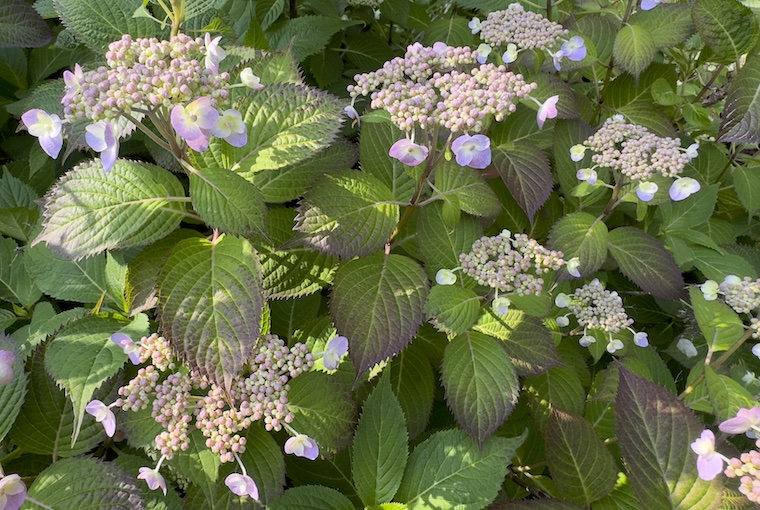
Our lace-cap hydrangea has just begun to reveal its lacy form. This one started off true-blue, but has shifted into the purple and pink realm. It’s been an interesting transformation, and over the past few years it’s produced varying shades of pink to blue. My preference for blue will require more coffee grounds from Andy to add to the soil, if I decide to so force the issue.
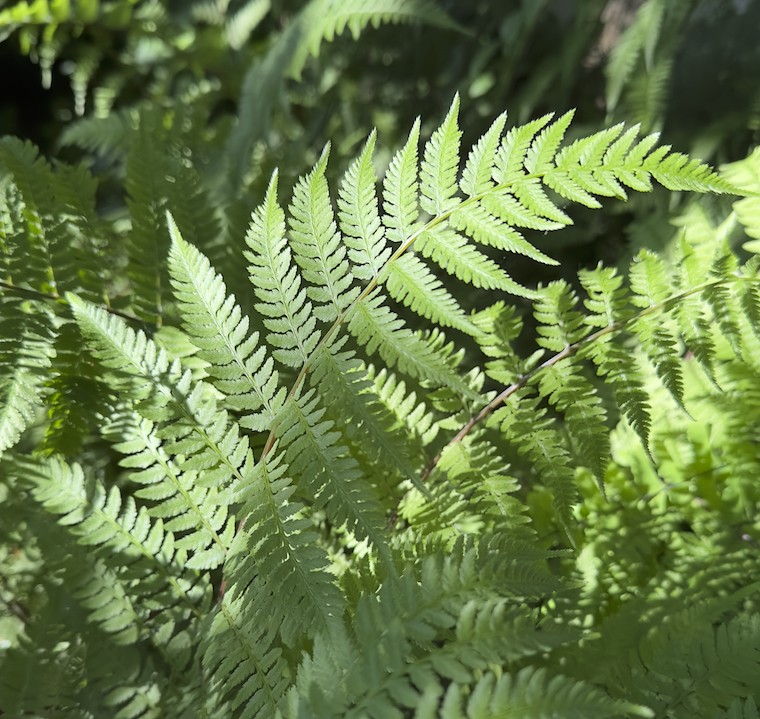
When the walk meanders into the shaded area of the garden, a discernible shift in atmosphere occurs – and a very welcome one. Without a strong showing of sun to fuel any bright flowers, the foliage demands an appreciation of form and architecture, and a more studied view of subtle coloring. A stand of the elegant Lady’s fern (Athyrium filix-femina) sways in the slightest breeze, evoking a calm and tranquility that the brighter sections of garden could never conjure.
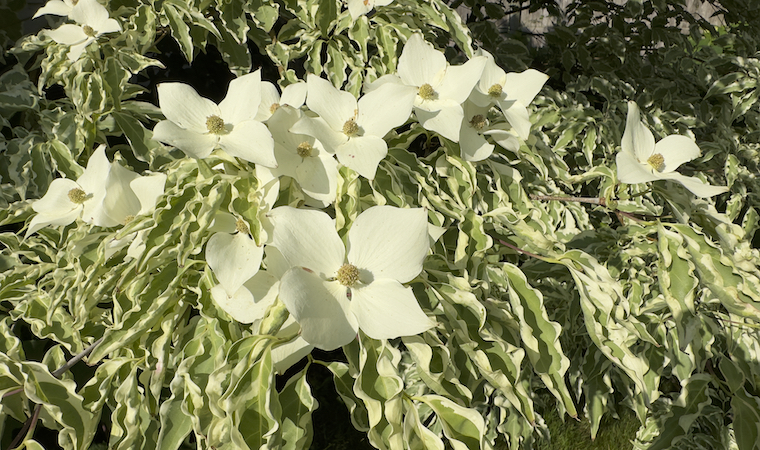
The wolf’s eye dogwood doubles its creamy bite with its faux flowers and variegated foliage. A tree that echoes itself is an exercise in beautiful vanity.
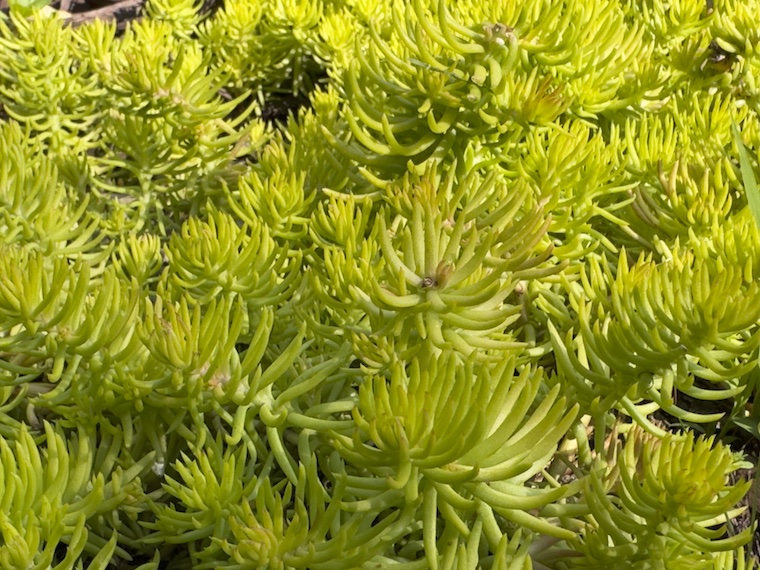
From the upper echelon of the garden to the ground, this bright little patch of sedum (I think) provides succulent form and hue, hot and spiky and spreading.
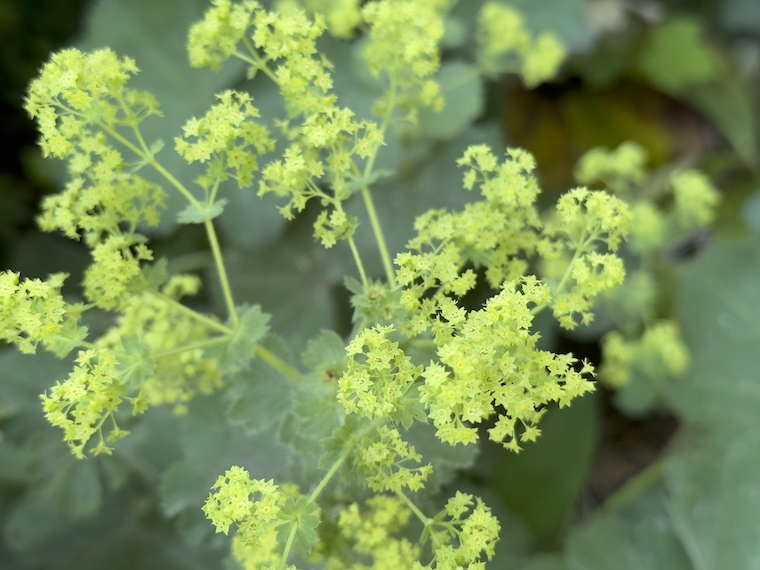
The chartreuse blooms of the lady’s mantle (Alchemilla mollis) are a hazy bonus for a plant renowned for handsome foliage, and make for a much more interesting filler of bouquets than baby’s freaking breath.
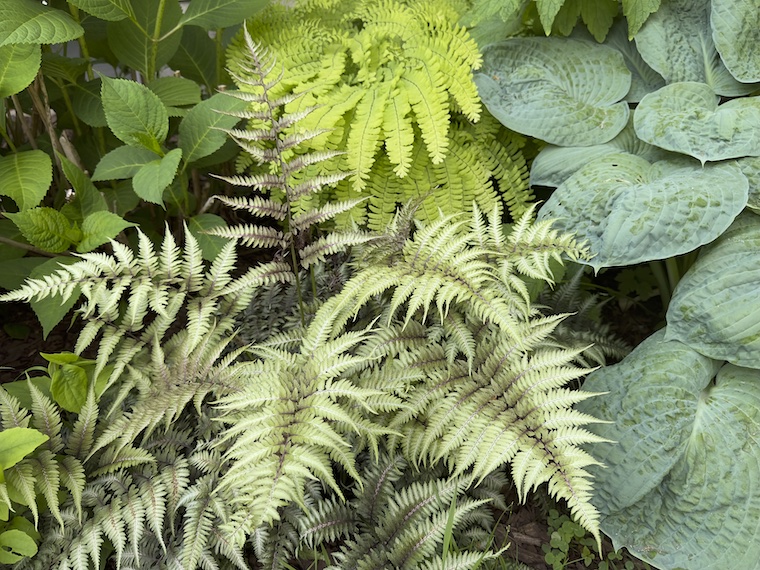
Ferns and foliage offer stunning shades of color, even if they are slightly subdued. Here the maidenhair fern reaches its fingers toward the Japanese painted fern, while a silvery hosta does its best to keep things calm and cool between them.
For our final photo of this fun post, we have reached the front yard, where our hydrangeas are just beginning their performance. A soft pink in color (I gave up on making these blue years ago – there’s just not enough acid or coffee grounds to sustain it) this is the ‘Endless Summer’ variety that swept through garden centers and nurseries a while ago. Blooming on old and new wood, it usually guarantees a decent crop of flowers even for the shorter summers. Hopefully this will not be one of those…
